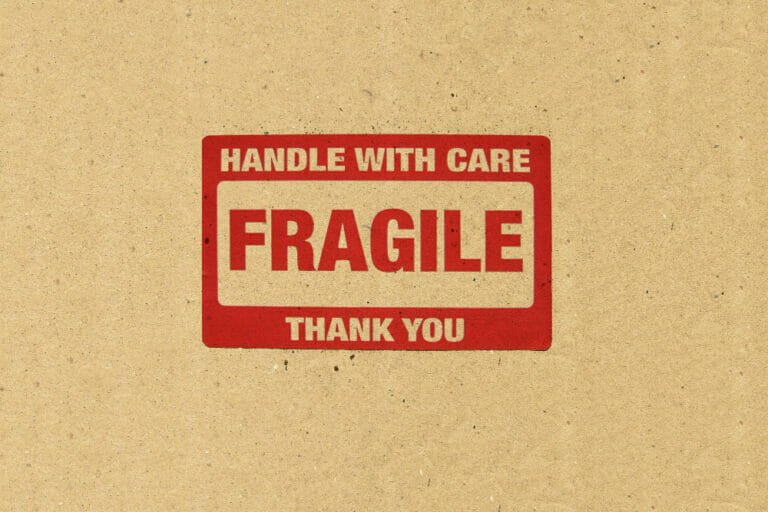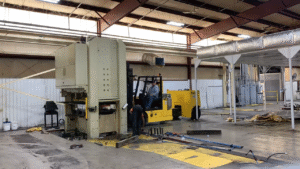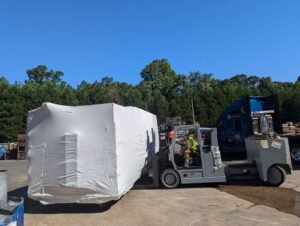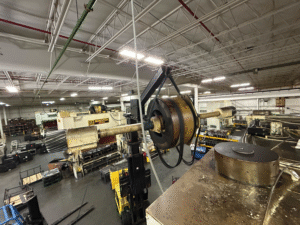Industrial rigging moves involve the transportation and installation of heavy machinery and equipment, often with fragile components that require special care and attention. Ensuring the safety of these delicate parts is paramount to prevent damage, accidents, and costly downtime. In this blog, we will explore essential strategies and best practices for handling and securing fragile components during industrial rigging moves.
Proper Planning
A successful industrial rigging move begins with meticulous planning. Identify all fragile components and assess their vulnerabilities. Consider factors such as weight, dimensions, and sensitivity to vibration, shock, or environmental conditions. Develop a detailed rigging plan that outlines the specific measures required to protect these components.
Use Specialized Equipment
Invest in specialized rigging equipment designed for delicate loads. This may include air cushion systems, cushioned slings, or custom cradles. Using the right equipment minimizes stress and ensures even weight distribution, reducing the risk of damage.
Custom Packaging and Crating
Fragile components should be adequately protected before transportation. Custom packaging and crating provide an extra layer of security. Use shock-absorbing materials like foam, cushioning, or vibration-resistant mounts to safeguard delicate parts from impact and vibrations.
Secure and Stabilize
Securing fragile components within the load is crucial. Employ secure strapping, bracing, and blocking techniques to prevent shifting during transportation. Ensure that the components cannot collide with each other or with other equipment.
Rigging Personnel Training
Well-trained rigging personnel are essential for the safe handling of fragile components. Employees should be educated on the specific requirements for transporting delicate parts, including proper lifting techniques, load balance, and the use of sensitive instrumentation.
Monitoring and Feedback
Utilize monitoring systems to track environmental conditions during transit. Sensors for temperature, humidity, and shock can provide real-time data, allowing for immediate response in case of deviations from safe conditions. Regularly review feedback from these systems and adjust the rigging plan as needed.
Controlled Transport
Select transportation methods that provide control over the environment. Enclosed containers or climate-controlled vehicles can protect fragile components from external factors like temperature fluctuations, moisture, and contaminants.
Inspection and Quality Control
Before and after the rigging move, conduct thorough inspections of fragile components. Look for any signs of damage, even minor ones, and document them. This helps in identifying issues early and can be crucial for insurance claims.
Collaboration with Experts
Engage with experienced rigging professionals who have a track record of handling delicate loads successfully. Their expertise and insights can be invaluable in ensuring the safety of fragile components.
Contingency Plans
Despite meticulous planning, unexpected situations can arise. Develop contingency plans for various scenarios, including equipment failures, adverse weather conditions, or route changes. Being prepared can minimize the impact of unforeseen challenges.
Conclusion
Handling and securing fragile components during industrial rigging moves demands a comprehensive approach that begins with planning and continues throughout the transportation and installation process. By investing in specialized equipment, proper training, and a commitment to quality control, you can safeguard fragile components, reduce the risk of damage, and ensure a successful rigging operation. Prioritizing the protection of delicate parts not only preserves their value but also contributes to a safer and more efficient industrial rigging process overall.
















